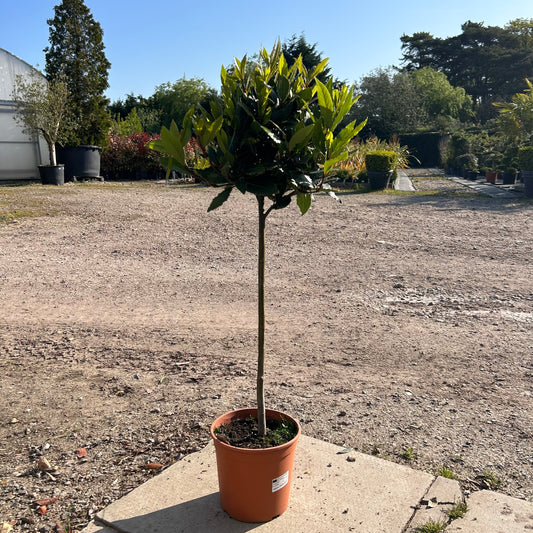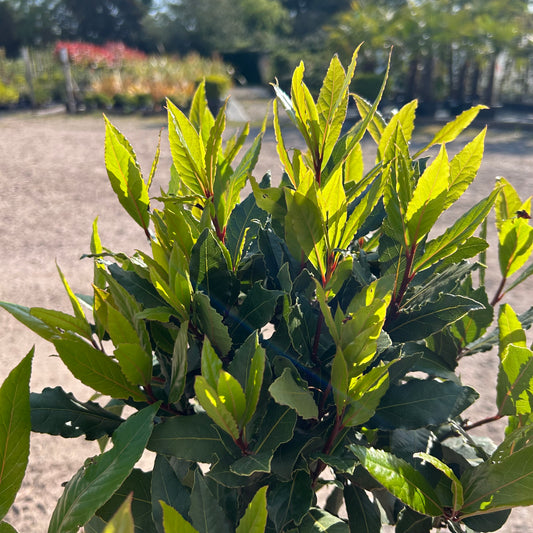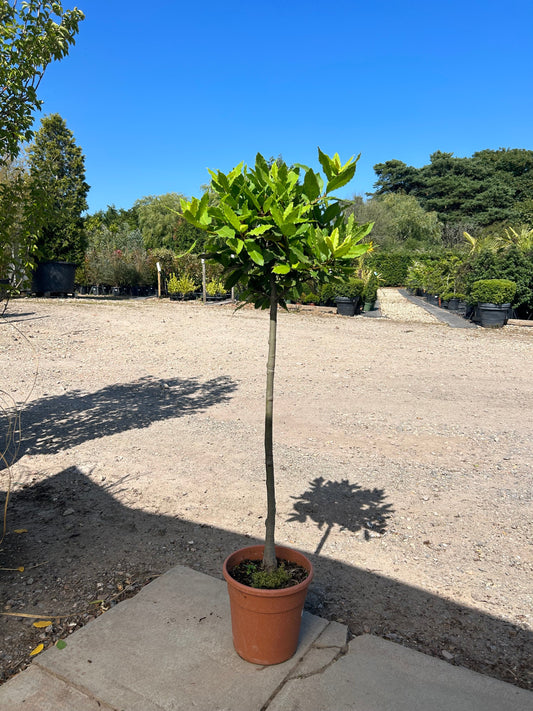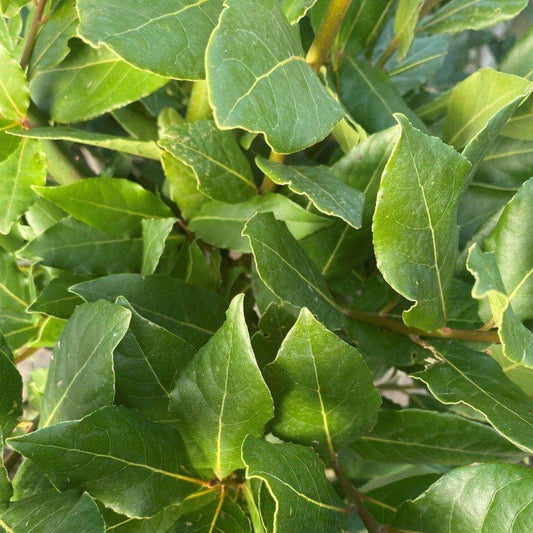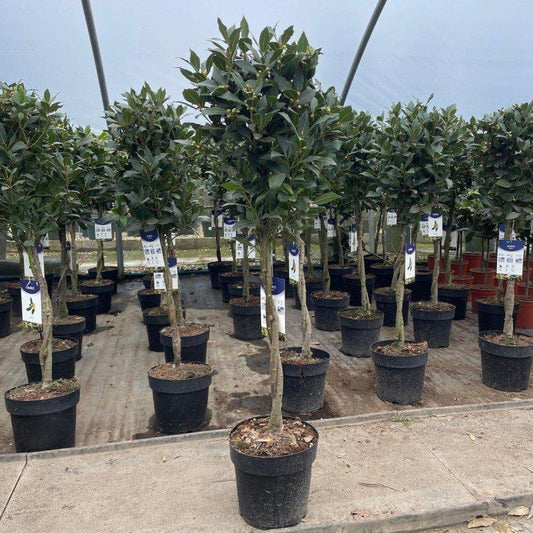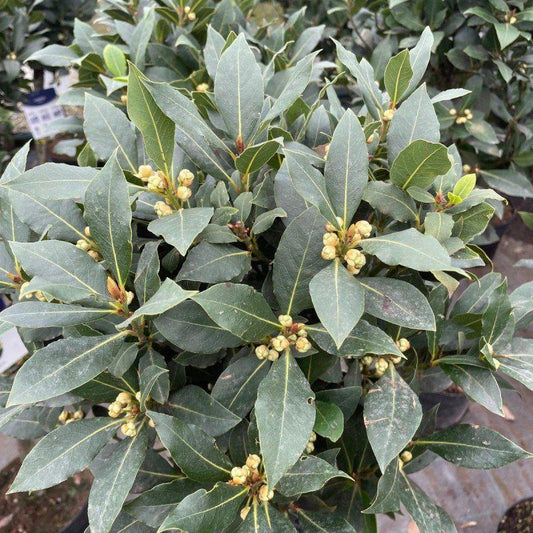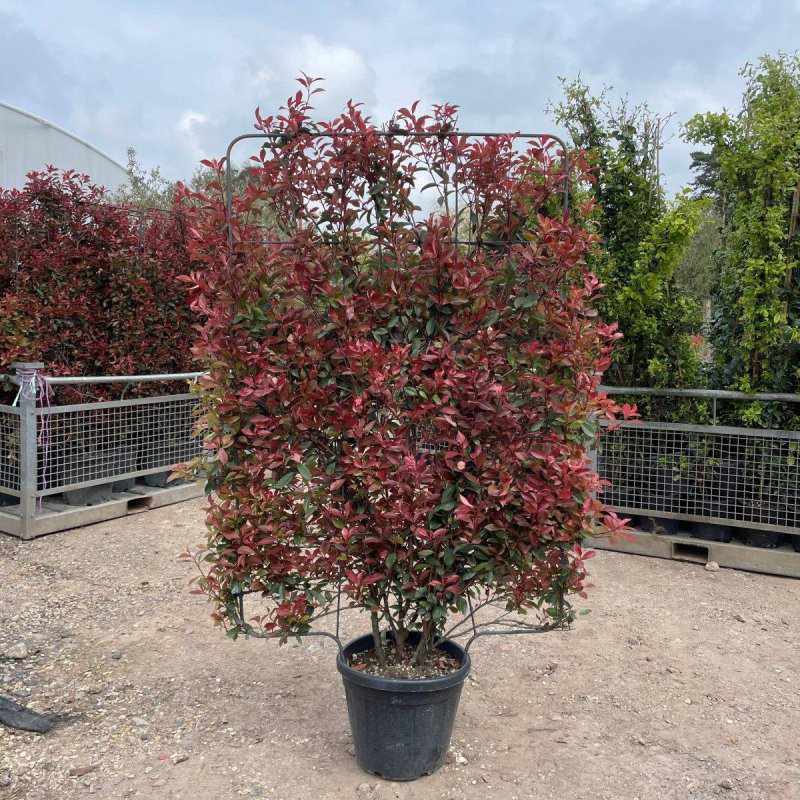Creating Privacy: Effective Hedging Options with Griselinia, Photinia, and Prunus lusitanica
Creating a private outdoor space is a priority for many homeowners. When considering hedging options, Griselinia, Photinia, and Prunus lusitanica offer excellent choices for establishing effective privacy screens.
Each species has unique qualities that contribute to a dense and attractive hedge, making them suitable for different garden styles and conditions.
Selecting the right hedging plants requires understanding their growth patterns and maintenance needs.
Griselinia provides a lush green backdrop, while Photinia can add vibrant colour throughout the year. Prunus lusitanica, with its thick foliage, stands out for its ability to block out unwanted views effectively.
The right choice depends on specific garden conditions and personal preferences.
By planting these hedges correctly and providing proper care, one can ensure a healthy and flourishing screen. This blog will explore how to create the perfect privacy hedge, covering essential aspects for a thriving garden environment.
Key Takeaways
- Understanding plant options is key to achieving effective privacy.
- Proper maintenance enhances the growth and health of hedges.
- Choosing the right plants can elevate garden aesthetics and functionality.
Understanding the Basics of Hedging for Privacy
Creating a privacy hedge requires selecting the right plants and understanding their growth habits. This section explores essential concepts about hedging and highlights specific varieties that excel in privacy applications.
Defining Hedge Fundamentals
Hedges are dense plantings that serve as barriers, providing privacy and noise reduction. They typically consist of evergreen shrubs, offering year-round foliage for effective screening.
Understanding the fundamentals of hedging includes knowing about spacing, growth rate, and suitable soil types.
Key Elements of Hedges:
- Evergreen Shrubs: Retain leaves throughout the year.
- Dense Foliage: Blocks sightlines and noise.
- Growth Rate: Affects how quickly privacy is achieved.
- Spacing: Determines how closely plants should be planted for optimal density.
Creating a hedge involves choosing plants that will thrive in the given growing conditions.
Popular Hedge Varieties: Photinia, Griselinia, and Portuguese Laurel
When selecting hedge plants, Photinia, Griselinia, and Portuguese Laurel are popular choices. Each offers unique benefits for privacy.
-
Photinia: Known for its vibrant red young leaves, it grows quickly and can reach heights of 2-4 metres. It tolerates a range of soil types and is excellent for dense screening.
-
Griselinia: This evergreen shrub grows steadily and is highly versatile. It can be pruned for a neater appearance and does well in coastal areas due to its salt tolerance.
-
Portuguese Laurel: Featuring thick, glossy foliage, this variety can grow to significant heights. It is ideal for creating a dense barrier and suits a variety of soil conditions.
Each of these varieties contributes to a robust and effective hedge for privacy.
Assessing the Growth Habits of Photinia, Griselinia, and Prunus Lusitanica
Understanding the growth habits of these hedge plants helps in planning and planting.
-
Photinia: It grows rapidly, reaching up to 2-3 feet each year. Regular pruning enhances its bushiness and keeps it at a desired height.
-
Griselinia: The growth rate is moderate, allowing for control over its size. It benefits from annual trimming in spring or summer to maintain shape. Spacing of 30-50 cm is preferred for a dense hedge.
-
Prunus Lusitanica: It grows slowly compared to the others, making it suitable for low-maintenance gardens. This variety's dense foliage provides excellent privacy, especially when planted 50-75 cm apart.
Assessing growth habits ensures effective hedge management and desired privacy levels.
Optimal Conditions and Maintenance for Healthy Growth
Creating healthy hedges requires attention to specific conditions and maintenance practices. Understanding the needs of Griselinia, Photinia, and Prunus lusitanica will help ensure robust growth and longevity.
Sunlight and Shade Requirements for Thriving Hedges
Griselinia thrives in full sun to partial shade. It prefers well-drained soil and can tolerate various light conditions, although it flourishes best with at least four to six hours of direct sunlight daily.
Photinia, particularly the 'Red Robin' variety, also benefits from full sun but can adapt to partial shade. In contrast, Prunus lusitanica does well in either full sun or shade, making it a versatile choice for diverse garden settings.
Planting these hedges in the right light conditions promotes healthier, denser foliage and reduces the risk of pests and diseases. Consider the specific light preferences of each type when positioning them in a landscape.
Watering, Feeding, and Mulching Practices
Regular watering is crucial for the establishment of these hedges, especially in the early spring months when new growth appears.
During dry spells, it is advisable to water deeply but infrequently, encouraging a strong root system to develop.
Feeding should occur in spring with a balanced fertiliser to provide essential nutrients. Organic options, like compost or well-rotted manure, can also be beneficial.
Mulching around the base helps retain moisture and suppress weeds. Using bark chips or straw can be effective.
Maintaining a layer of mulch not only benefits soil health but also improves the overall growth of the hedge, promoting a thicker, more resilient plant.
Addressing Pests and Diseases in Hedging Plants
Hedging plants can encounter various pests and diseases. Common issues include aphids and whiteflies, especially in warm weather.
Regular inspection of the foliage helps in early identification. For mild infestations, a strong jet of water can remove pests.
Fungal diseases may appear in damp conditions, so proper spacing and airflow are important. Ensuring well-drained soil is crucial to prevent root rot.
Some hedging plants can be toxic if ingested, so it’s wise to keep them away from pets and small children. Awareness of these factors will contribute to the long-term health of the hedges.
Practical Hedging Techniques and Seasonal Care
Taking care of hedges involves specific techniques that ensure healthy growth and privacy. Proper trimming and seasonal care play vital roles in developing a dense and formal hedge. Understanding how to maintain and renovate these plants is essential for achieving the desired aesthetic.
Trimming and Pruning for Dense and Formal Hedges
Regular pruning is crucial for achieving a dense hedge. For Griselinia, Photinia, and Prunus lusitanica, the timing of pruning can affect growth significantly.
Pruning should be done in early spring right before new growth begins. This encourages healthy leaf and branch expansion.
For formal hedges, trimming should be done at least once or twice a year. It helps maintain the shape and thickness of the hedge.
Both Griselinia and Photinia respond well to this technique.
It's important to cut back around one-third of the previous year’s growth. This promotes denser foliage and a more structured appearance.
Autumnal and Spring Care for Sustained Health
In autumn, it is advisable to assess the health of the hedge. This involves checking for pests and diseases. Any affected branches should be pruned immediately to prevent spreading. A good mulch layer can protect the roots and maintain moisture.
In early spring, especially before the growing season, fertilising the hedges with a balanced feed helps invigorate growth. Regular watering is essential following any care, particularly during dry spells.
This attention during autumn and spring helps both refresh and sustain the health of the hedge throughout the year.
Renovation Techniques for Mature Hedges
Mature hedges may require renovation to restore their vitality.
For a hedge that has become too sparse or overgrown, the first step is selective pruning. Cutting back to healthy buds will encourage new growth.
For severely neglected hedges, it might be necessary to hard prune. This involves cutting back to about 30-45 cm from the ground.
Although this may seem drastic, it often leads to robust regrowth. After renovation, consistent watering and possibly a nitrogen-rich fertiliser will support new shoots. This method will rejuvenate the hedge and enhance its growth habit for future years.
Landscape Design and Additional Benefits of Hedging
Choosing the right hedging options can significantly enhance landscape design while providing various practical benefits. Hedges offer privacy, act as windbreaks and sound barriers, and create inviting environments for wildlife.
Using Hedges as Windbreaks, Screens, and Sound Barriers
Hedges serve multiple functions in landscape design, especially as effective windbreaks. A dense growth habit allows plants like Griselinia and Prunus lusitanica to block harsh winds, reducing soil erosion and protecting other plants.
They also create natural privacy screens, providing seclusion in gardens and outdoor spaces. This makes them ideal for both residential and commercial properties.
In terms of sound absorption, hedges can minimise noise pollution. Their thick foliage acts as a sound barrier, creating a more tranquil environment. The combination of these features enhances comfort and privacy while contributing to a more peaceful outdoor setting.
Wildlife-Friendly Hedging and Ecosystem Benefits
Hedges play a crucial role in supporting local wildlife. Hearty varieties like Photinia provide shelter and food for birds, insects, and small mammals. This, in turn, promotes biodiversity in the area.
Incorporating wildlife-friendly hedging can create a natural habitat, encouraging eco-friendly practices in landscape design. Dense hedges serve as natural corridors for animals, facilitating safe movement between habitats.
Additionally, using native plants improves soil health and helps maintain local ecosystems. This strategy not only benefits wildlife but also enhances the garden’s overall sustainability.
Long-Term Hedging Strategies and Realising Mature Size
Planning for mature size is vital when selecting hedging plants. Understanding each species's hardiness and growth patterns will aid in creating a lasting privacy screen or boundary.
For example, Griselinia can grow quite tall, making it an excellent option for instant hedging. Regular pruning ensures that the hedge maintains its desired shape and density, fostering a more secure and visually appealing landscape.
Incorporating topiary techniques can add character, allowing gardeners to shape hedges into artistic forms. This adds dimension to a garden and improves overall aesthetics.
Adopting these strategies will maximise the potential of a hedge in terms of security, privacy, and design.
Frequently Asked Questions
This section addresses common queries related to using Griselinia, Photinia, and Prunus lusitanica for creating privacy hedges. It covers essential information about optimal planting conditions, effective usage, and maintenance practices for these plants.
What are the optimal planting conditions for establishing a Griselinia hedge?
Griselinia thrives in well-drained soil with good moisture retention. It prefers a sunny to partially shaded location. The ideal spacing for planting is between 30-75 cm, depending on the desired height and density of the hedge.
How can Photinia be utilised to create an effective privacy screen in the UK?
Photinia is known for its attractive, vibrant red leaves in spring. It can grow to a height of up to 3 metres, providing excellent privacy. Regular pruning encourages bushiness, which enhances its effectiveness as a screen.
Which type of hedge is considered the most effective for privacy in residential areas?
Cherry laurel, also known as Prunus laurocerasus, is often highlighted for its fast growth and dense foliage. It can reach heights of 2-3 metres, making it suitable for privacy in residential settings.
What are the common issues associated with Portuguese laurel and how can they be mitigated?
Common issues with Portuguese laurel include leaf spot and aphid infestations. Keeping plants well-watered and regularly inspecting for pests can help. Using a fungicide may also be necessary to address fungal infections.
What practices should be followed for pruning Portuguese laurel to promote dense growth?
Pruning should be done in late spring or early summer. Cutting back new growth encourages branching, which leads to a denser hedge.
Removing any dead or damaged branches also supports healthy growth.
How does the growth rate of Prunus lusitanica compare to other hedging options for privacy?
Prunus lusitanica typically grows at a moderate rate, about 30-60 cm per year. This growth rate is comparable to Griselinia but slower than some other options like cherry laurel. Cherry laurel can grow much faster.


